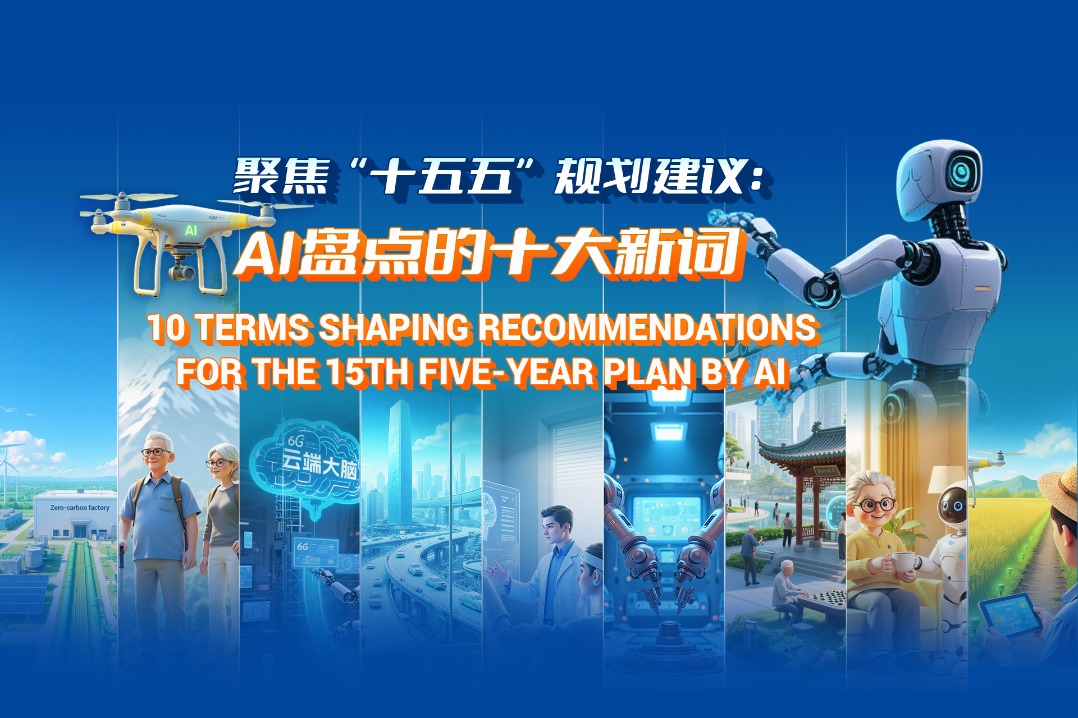Coal, copper & chocolate and their irresistible appeal
By Yang Feiyue | China Daily | Updated: 2018-05-05 10:00

Seven years later, this has come to fruition in a 28.6-hectare complex of red-brick buildings set in a fairytale-like garden featuring a colorful windmill, a sea of blossoms and big stone pillars, which sits under a blue sky with billowing white clouds.
The aroma of nuts, mint, milk powder and cocoa permeates a 150-meter-long gallery, where visitors can not only see the entire chocolate production line operating a floor below through transparent glass but can also taste chocolates, such as the white and dark varieties that ooze out of fountains.
The site has become hugely popular, drawing in nearly 900,000 travelers last year, Mo says, and after opening to the public in 2014, it was named a national four-star scenic spot.
"The idea is to let customers enjoy chocolates and see how cocoa beans have been turned into wrapped confectionery, learn the culture and have fun."
Visitors can gain an insight into the journey coffee beans have made from Africa to the factory, and they can pick ingredients for their favorite chocolates at a customer bar.
In another area visitors can get hands-on experience in making their own custom-made chocolates.
The venue has even become a backdrop of choice for wedding photos.
Mo says his success has been built on the knowledge and expertise he has accrued after visiting chocolate plants overseas. A better understanding of how chocolate is made and the allied traditions will give a fillip to the sales of premium chocolates among increasingly shrewd Chinese customers, he says.
"Few knew that chocolate was originally a drink, and some of my friends could not even tell the difference between cocoa and coffee beans."
In other areas of the country, too, industrial tourism is making its mark.
























